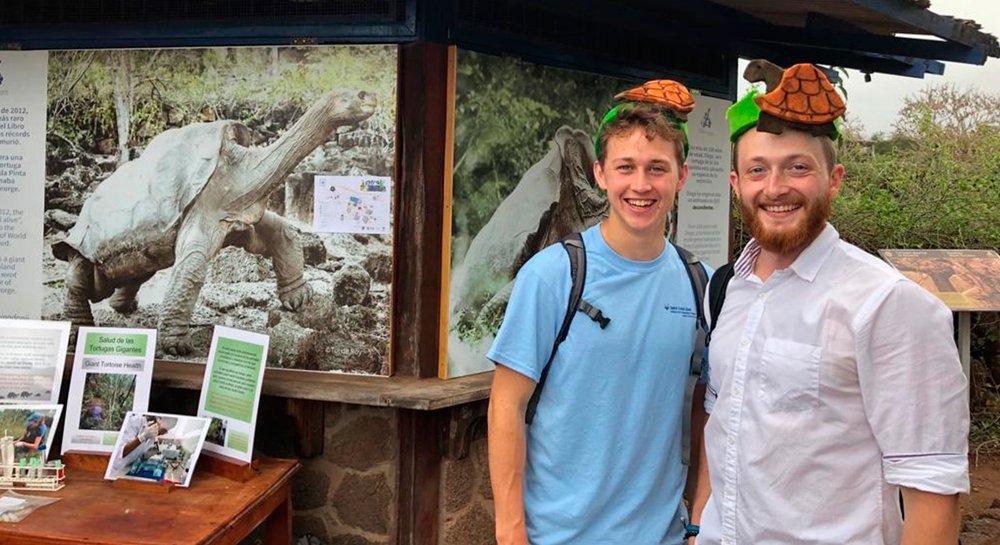
A Glimpse of our Experience as Undergraduate Research Assistants in Galapagos
Author: Jack Norys
Almost a year ago, the Galapagos Tortoise Movement Ecology Program began fieldwork testing a heat balance model for Galapagos giant tortoises. This model, presented by Nigel Blake, predicts the internal temperature range of tortoises and their metabolic rates based on a number of variables including properties of the animal (size, activity, etc.) and environmental factors (temperature, wind speed, rainfall etc.). As tortoises are ectotherms (cold-blooded), it is imperative that they maintain proper internal temperatures using ambient environmental conditions, as failure to do so results in significant consequences to metabolic performance – including even death if their body temperature is too hot or too cold. In a time of unprecedented anthropogenic change, this model is a useful tool to assess the potential impacts of climate change on conservation and survival of Galapagos tortoises.
Testing the validity of the model required researchers to measure intrinsic and extrinsic factors associated with tortoise thermoregulation while simultaneously measuring internal tortoise temperatures. In doing so, researchers were able to compare the study’s findings with the model’s predictions. This process, of course, required a research team to constantly measure the environmental factors that may affect a tortoise’s thermoregulatory abilities- every fifteen minutes, twelve hours a day, for two weeks. This is where undergraduate researchers became of vital importance to do science.
We were fortunate to study under Drs. Sharon Deem and Stephen Blake in a number of conservation projects in Saint Louis, MO. Eventually, they offered us the opportunity of a lifetime: to conduct research on the Galapagos giant tortoises and be part of the team to prove Nigel Blake’s model! We arrived in Galapagos in mid-July of 2019 and our adventure began. Lucky for us, we had a few extra days to sight-see before beginning the project.
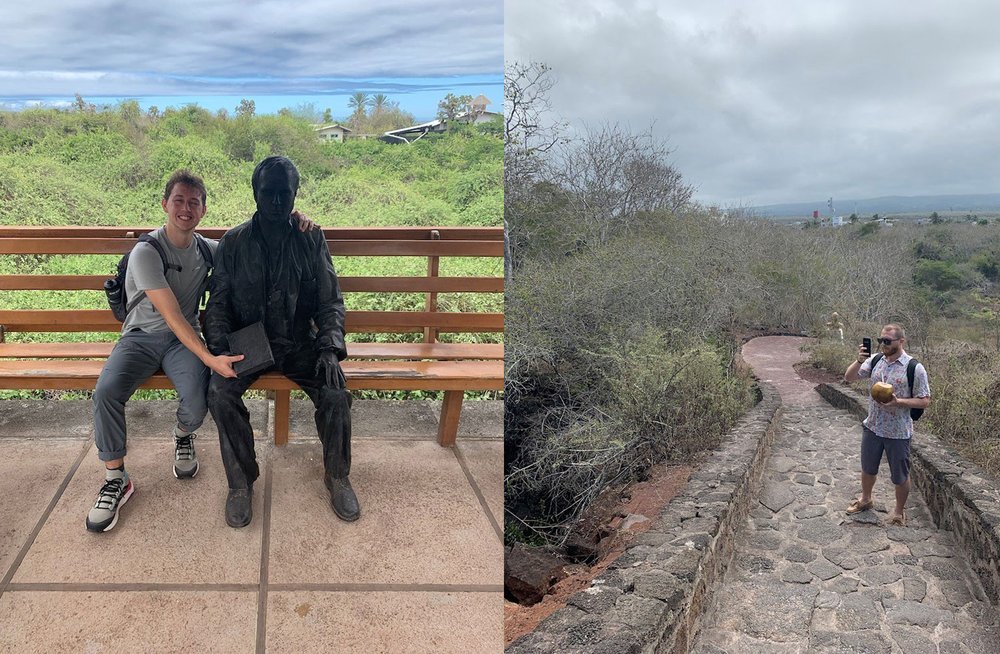
The majority of the research took place up in the mountainous farmland of Santa Cruz Island, a location that is a twenty-minute drive from the main town and Charles Darwin Research Station. For this reason, Randy and I stayed in a host parent’s house.
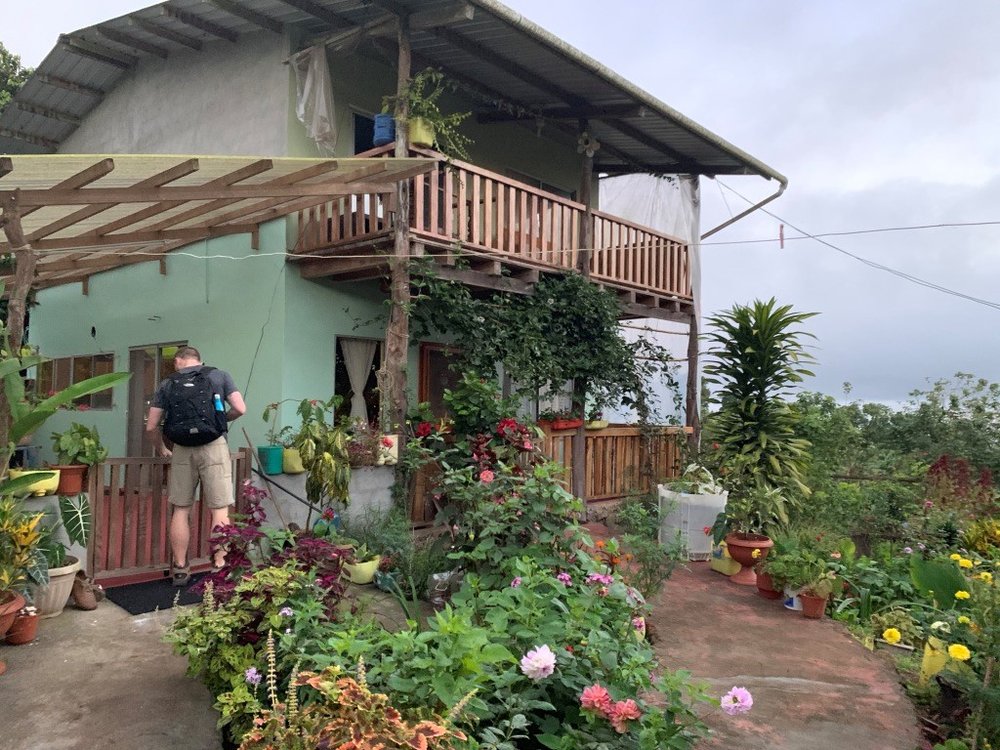
Our landlords Rosa and Raul were overwhelmingly hospitable. Although Randy and I only spoke broken Spanish, they were extremely accommodating. In fact, one of the best aspects of our experience in the Galapagos was conversing with Rosa and Raul and learning about the Galapagos culture. We even got to do fun activities with them, like explore the farmland and countryside with Raul as our guide and learn how to make traditional “empanadas” from Rosa.

The research aspect of the experience was equally fulfilling. Each day we awoke just before daybreak and took a scenic two-mile hike to the research site. During the beginning of the research, we met up with Dr. Blake and a few Charles Darwin Foundation researchers, Freddy and Jose, at the site. Randy and I especially had fun getting to learn from Freddy and Jose, who helped us understand more about the Galapagos landscape, culture, and ecology.
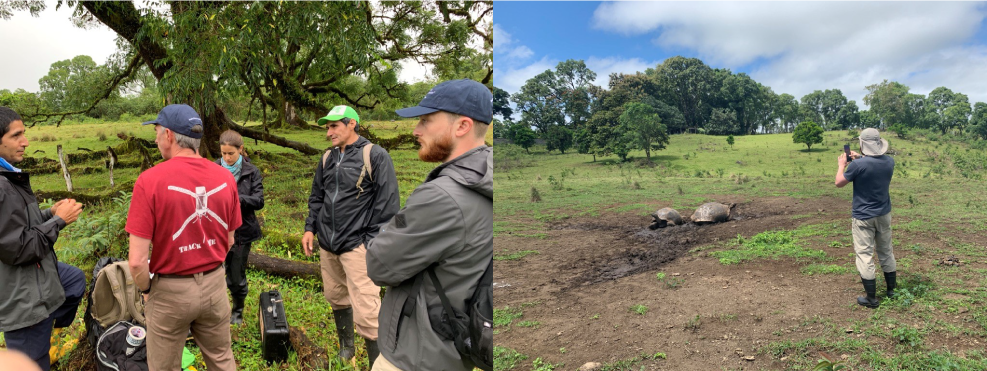
This also involved hiking deep into tortoise habitat every day to retrieve data on tortoises in that environment.
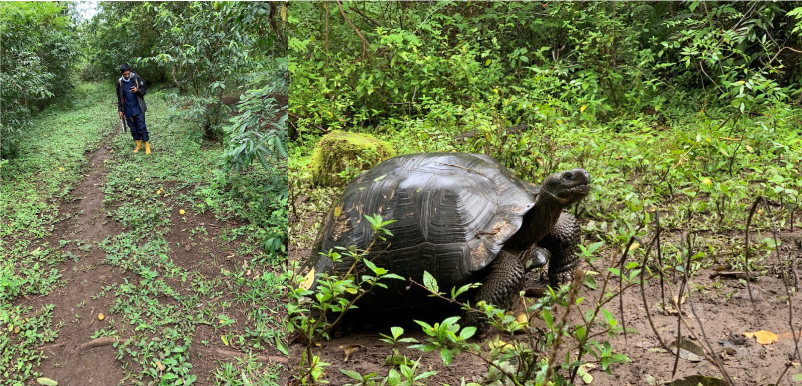
Additionally, one of the most rewarding parts of the trip was getting to interact with the Mola Mola ecology club headquartered in Santa Cruz. Randy and I got to explain the research we were conducting to a group of high school-aged ecologists who can have significant impacts on their environment.
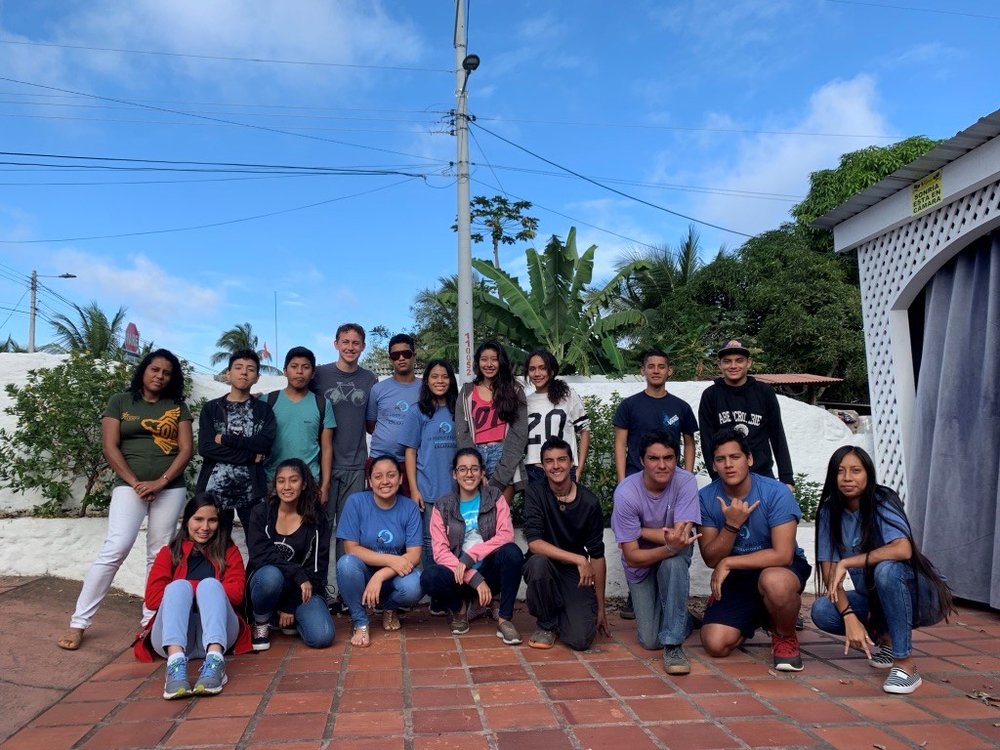
Overall, our time in the Galapagos was nothing short of exceptional. From the people we met to the tortoises we interacted within their natural habitats; the Galapagos offered us the most significant real-life experience we received in all of our undergrad. We are so very thankful for the people who made it possible for us to go, and we look forward to our return in the future!
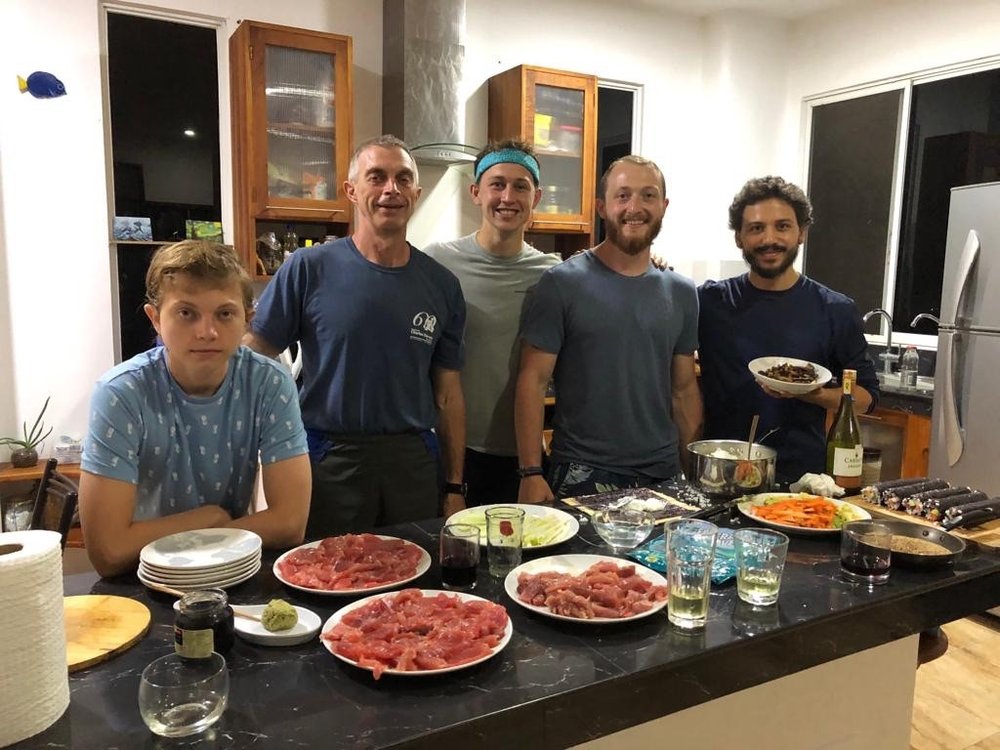
This Program is a collaborative effort among the Galapagos National Park Directorate, Charles Darwin Foundation, Saint Louis Zoo Institute for Conservation Medicine, Houston Zoo, Galapagos Conservation Trust, and Max Planck Institute for Animal Behavior.





